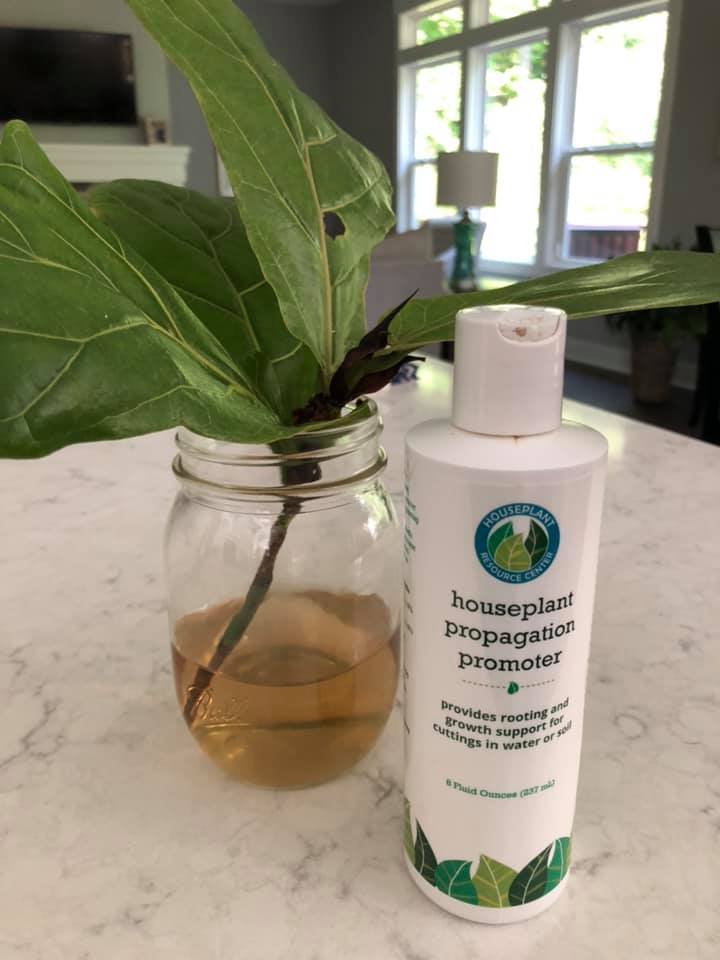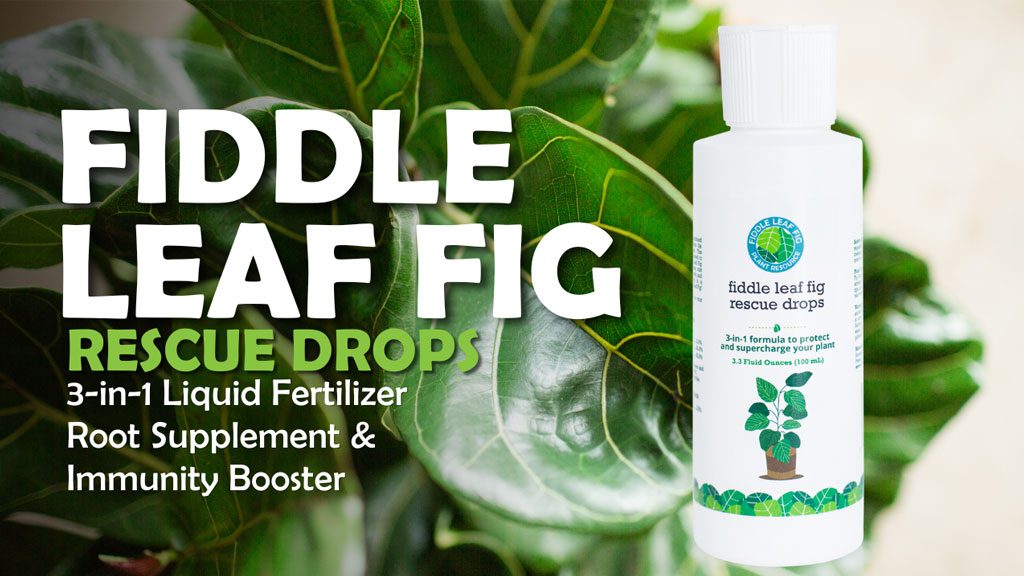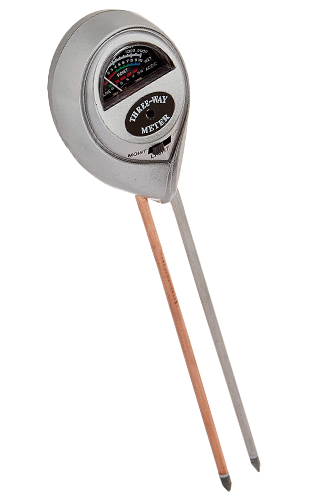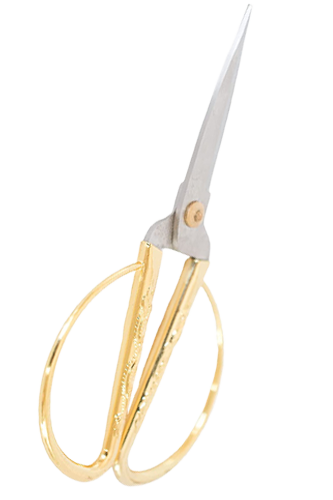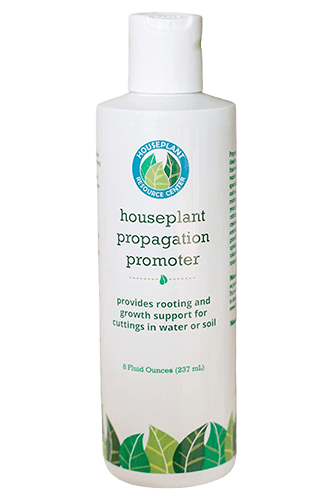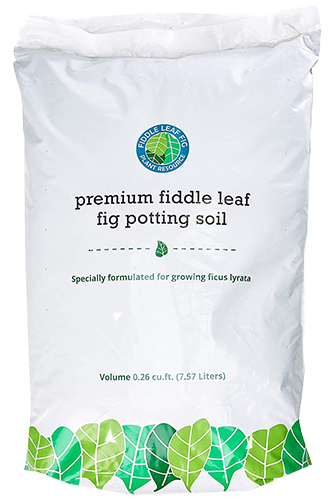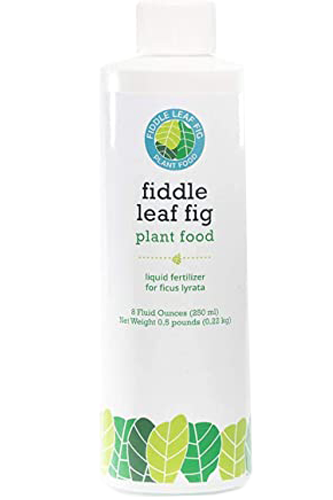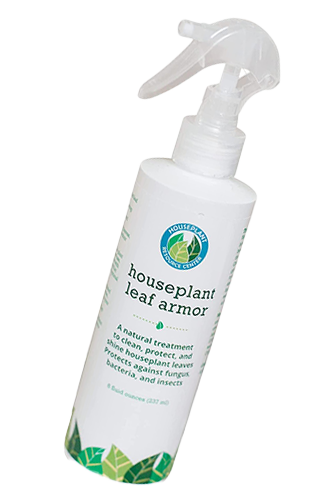Growing Fiddle Leaf Fig Plants From Stem Cuttings
Curious about fiddle leaf fig propagation? Maybe you have tried propagation before, but for some reason, your cuttings never survive. Our in-depth video along with this post will help you master fiddle leaf fig propagation.
Propagation Basics
Fiddle leaf fig propagation is an easy and simple way to create new fiddle leaf fig plants.
In a nutshell, propagation is the method of reproducing. In the wild, propagation happens when a plant loses a piece of itself, the cutting will then grow into a whole new plant. Because the process is relatively simple and fast, it is one of the easiest ways to grow new plants at home.
For the ficus lyrata, aka fiddle leaf fig, the process of buying seeds and planting them will not work. Propagation involves a plant that is grown from a cutting or a stem.
With some houseplants, propagation can be as simple as dividing the roots. Ferns can be propagated like this. With fiddle leaf figs, you need to start with a cutting from a plant.
Benefits of Propagation
Fiddle leaf fig propagation comes with many benefits:
- Stem cuttings are the easiest and fastest way to propagate your plant.
- Propagation is totally free!
- You will need to prune your plant anyway.
- Roots will grow in around 8 weeks.
- The only way to clone your prized plant
- Easy to do at home and a great use of your time
- Display beautiful cuttings in glass vases or containers.
Propagation in Soil or Water?
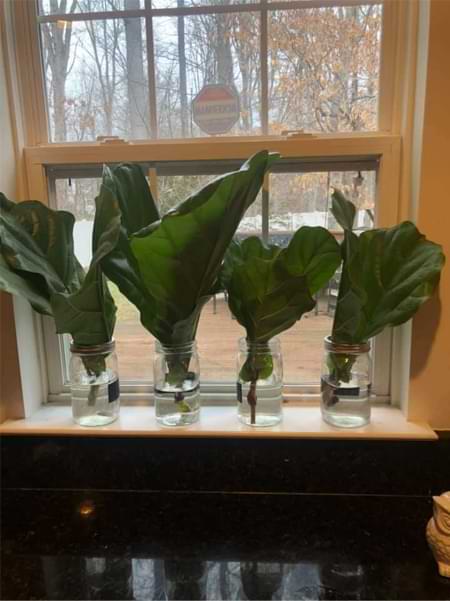
There are essentially two methods of propagating a cutting. One involves placing the cutting in water, the other would be to place the cutting straight into soil. Let’s dive into these methods and discover the reason why propagation in water is the superiors way to propagate.
Using Water to Propagate
The reason water is the best fiddle leaf fig propagation method is because it is easy, fast, and pretty to look at. You can actually see the roots growing, so if you are curious about how long your roots are, you just have to look at the cutting. With water, there are no roots to damage from removing it from the soil. No plastic is required to keep the soil moist. It really is the easiest method of propagation.
Using Soil to Propagate
When you use soil to propagate cuttings, first and foremost you need sterile soil. Most cuttings fail because of bacteria and infections which can be caused by fungus or bacteria in the soil. Also, the soil needs to stay wet and be kept moist. To do that, you need plastic to cover the cutting and soil. Another aspect that is harmful to the cutting is the roots can be damaged if you tug on them to see if they are growing properly. Finally, removing the cutting from the soil to repot can damage the roots that have formed as well. These factors decrease the likelihood of a successful propagation.
Air Layering Fiddle Leaf Figs
Propagation by making a cut and putting something wet around it is called air layering. The cutting is not fully removed from the plant and it continues to produce root all while it is still connected to the plant. You don’t have as high of a risk of an unsuccessful propagation.
When To Propagate Your Fiddle Leaf Fig
Most online resources will tell you to propagate in the spring or summer where there is a lot of light and it is warmer. In actuality, if the environment in your home is pretty even all year round, there is no reason why you can’t propagate in the dead of winter.
Also, fiddle leaf fig propagation and rooting are heavily dependent on heat. If you can keep your home warm or have the cutting under a heat mat, you can propagate any time of the year. Once you put it under your water or soil cuttings, it keeps them at an even temperature to root even faster.
Supplies Needed for Fiddle Leaf Fig Propagation
Here are the basic supplies you will need for a successful fiddle leaf fig propagation.
- Sharp pruning shears
- Clean, clear container
- Distilled water (Softened water can be damaging to the cutting.)
- Propagation promoter and rooting hormone to increase success
- Houseplant Node Holder (optional) to keep your cutting in place
Also, your supplies will need to be sterilized. If you use a powder rooting hormone, make sure to pour some out for the cutting to be dipped into, versus dipping the cutting into the container. That could potentially spread bacteria within the rooting powder container, which would be spread to other future cuttings.
To sterilize your tools and container, you can use your dishwasher or rubbing alcohol. Another option is to quickly soak them in a 10% bleach solution. Once you have sterilized everything, it is time to propagate.
If you have trouble keeping your cuttings upright in their container or medium, you should try these easy-to-use node holders! This handy propagation tool is a simple way to keep root cuttings healthy and in place while they take root, which gives those roots more room to grow without the added pressure of supporting the plant’s weight. This plant node support also helps your cuttings root faster!
How to Choose Where to Cut for Propagation
When you are looking for a cutting to remove from your plant, remember to avoid new growth and old growth. You want a cutting from the medium section of your plant where the leaves and stem are not too young and not too old.
Also, never cut just a single leaf. The leaf does not have the stem where there are no rooting cells to grow roots and develop into a plant. With the stem cutting, it is best to cut 1-3 healthy leaves with the stem to create a healthy section to propagate.
As you use your sharp, sterile shears, cut on a diagonal to give you as much surface area as possible. The more surface area, the higher the probability that strong roots will grow.
As you cut, you may notice a white sap that appears. The sap is not poisonous, however, it can cause irritation if you get it on your skin. Placing a tarp down can protect your floors, and wearing gloves will protect your hands.
Propagation Next Steps
Once you have your cutting, it is time to place it into a sterilized container with clean water. Add your propagation promoter and rooting hormone to the water and place it in a place with light, but not direct light. Direct sunlight will cause the water to become cloudy, which increases the risk that bacteria and fungus will grow in the water, killing the cutting.
Keep the water clean and only replace when it is cloudy. Do not replace it every day; it is best to leave the cutting alone as long as you can. Read more for fiddle leaf fig propagation steps.
Propagation Promoter and Rooting Hormone
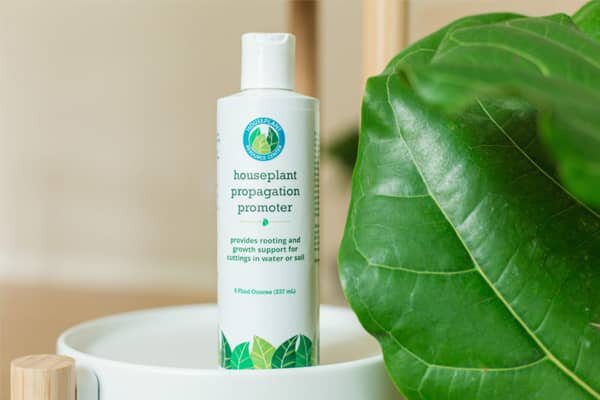
With our propagation promoter and rooting hormone, you will use 5 drops for every 2 cups of water for your water propagation.
Our propagation promoter and rooting hormone is derived naturally from sea kelp and it tells the plant to use its energy to product roots. What’s great is that the gel settles around the cutting and keeps it clean. You will be able to see this in the water.
Protecting and promoting the roots will results in a higher number of roots and they will develop faster and stronger. It also protects them against any bacteria and fungus. The reason we developed a liquid rooting hormone is that is absorbs better than powder and it works in water and soil propagation.
How Long Does Fiddle Leaf Fig Propagation Take?

In most cases, fiddle leaf fig propagation can take 6-8 weeks. After 4 weeks, you should start to see spots that look similar to popcorn developing on your cutting. These are the beginning of the roots forming.
With fiddle leaf fig propagation, roots should be between 1-2 inches and you will want a lot of new roots around that length. Once you remove your cutting from the water, pot it into a small container that is 2-4 inches in diameter. Use a fast-draining soil and keep it moist.
Adding a bottom heat mat can help to keep the new cutting growing and begin fertilizing after 2 weeks’ time. Once the cutting is root-bound, increase your pot by 2-4 inches and you have a brand-new plant!
Do you have more propagation questions?
Join our Facebook community to share your pictures, ask questions, and connect with other fiddle leaf fig lovers!
To learn more:
- Sign up for our free Fiddle Leaf Fig Care 101 Webinar and make sure you’re subscribed to our newsletter.
- Download our free Propagation Guide
- Read The Fiddle Leaf Fig Expert, your complete guide to growing healthy fiddle leaf fig plants. The book is available in full-color paperback or Kindle edition on Amazon now!
Grab the Essentials for Your Fiddle Leaf Fig:
- Premium Fiddle Leaf Fig Potting Soil
- Fiddle Leaf Fig Plant Food
- Root Rot Treatment
- Houseplant Leaf Armor to protect against insects, bacteria, and fungus (As an added bonus, it also cleans and adds shine to your plant’s leaves!)
- Moisture meter to always know when your plant is thirsty.
- Houseplant Propagation Promoter to propagate more quickly and with more success.

